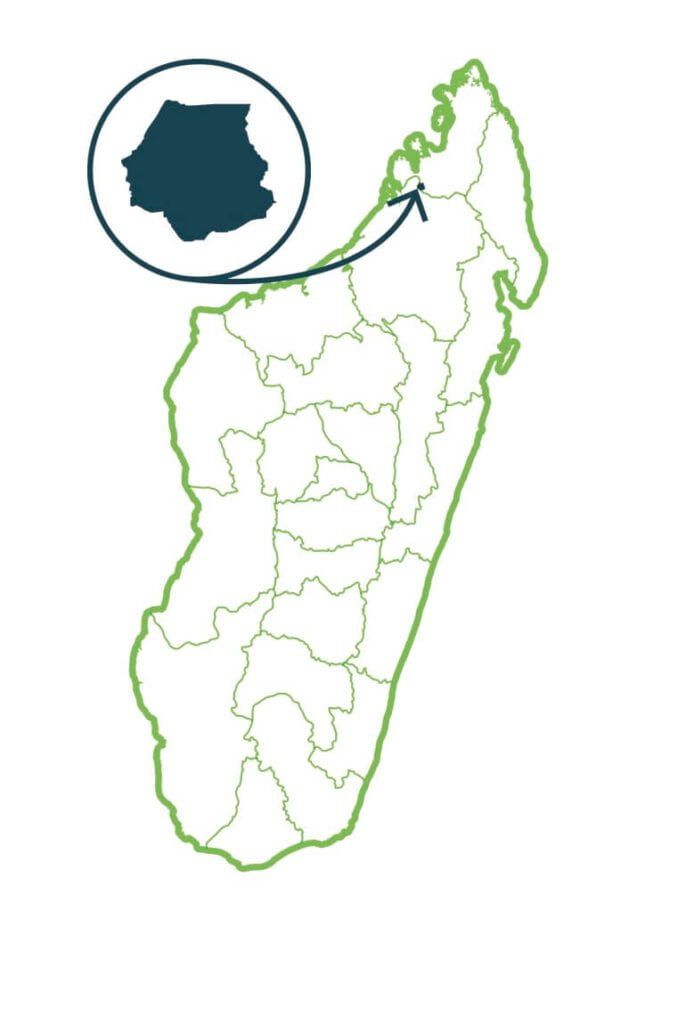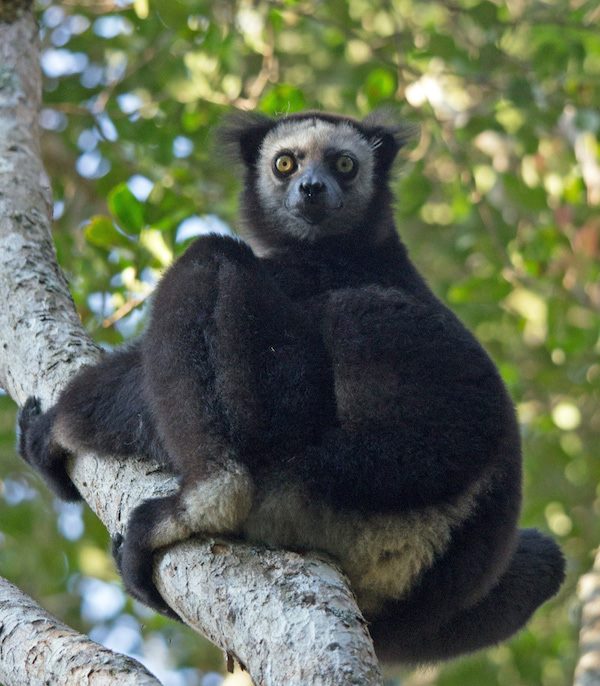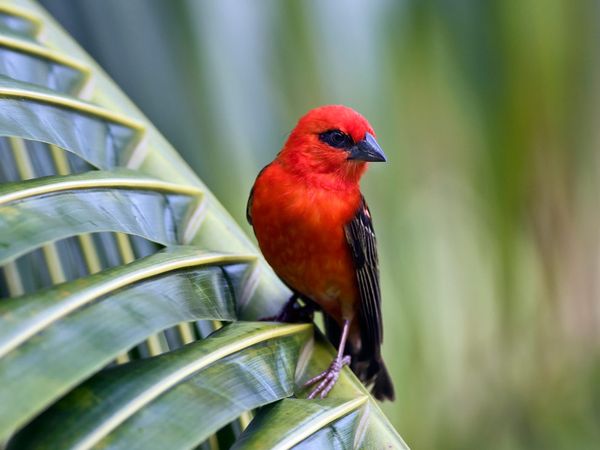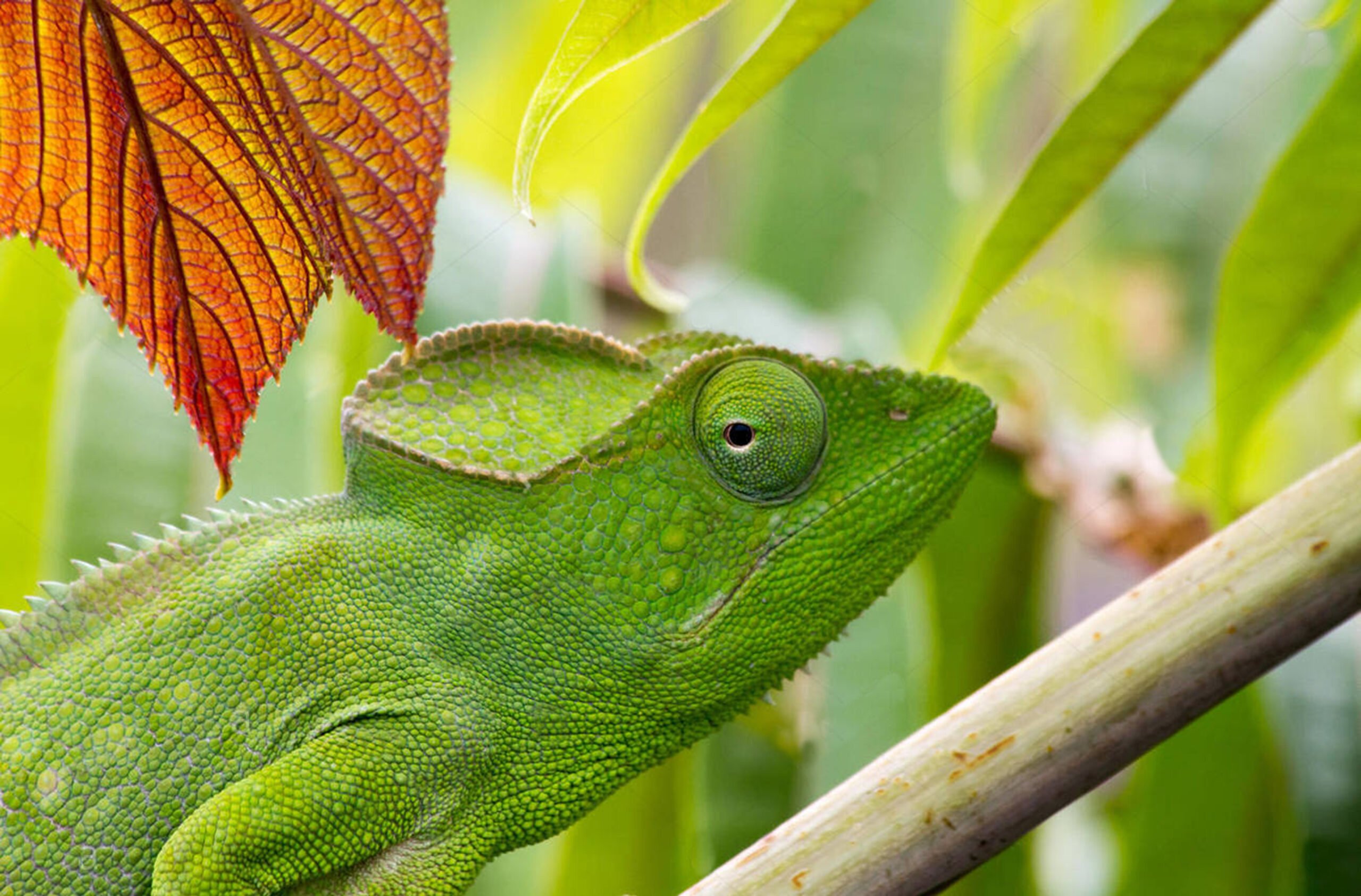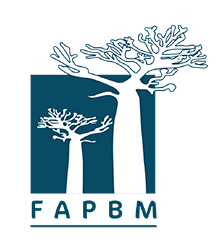Flagship Species
National Park of Lokobe and the Special Reserve of Manongarivo are the last representatives of the dense forest of the phytogeographic domain of Sambirano. With the different vegetal formations that are found there, the reserve registers an exceptionally rich biological diversity as much from the floristic point of view as faunistic. From a floristic point of view, it’s to should be noted that the vegetation of the reserve is essentially forest with several species restricted to the dense humid forests of the North. For the fauna, it shelters lemurs reminding its belonging to the domain of Sambirano, notably the Avahi and the microcèbe of Sambirano. It is also home to two species of chameleons of the genus Brookesia locally endemic.
